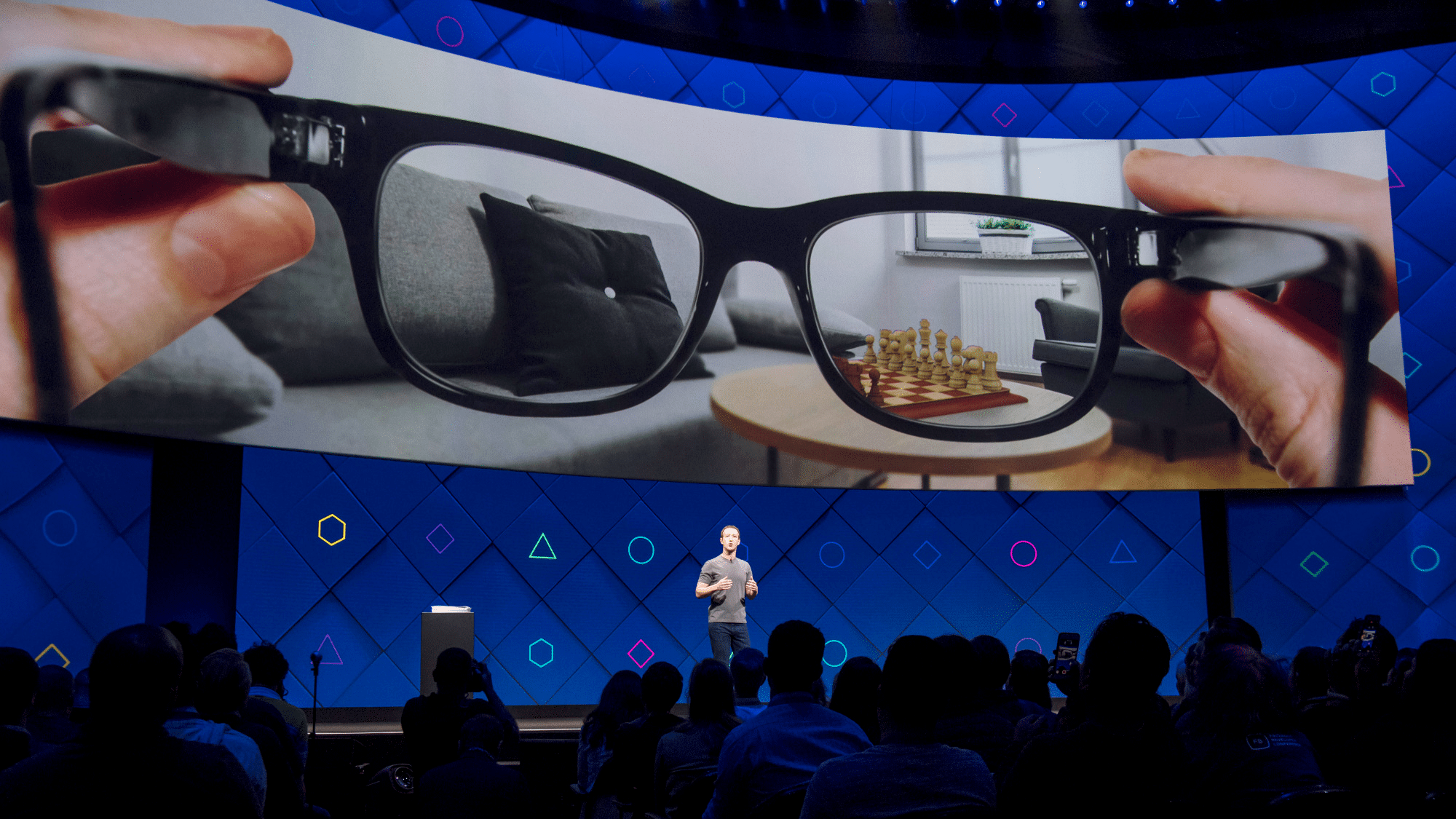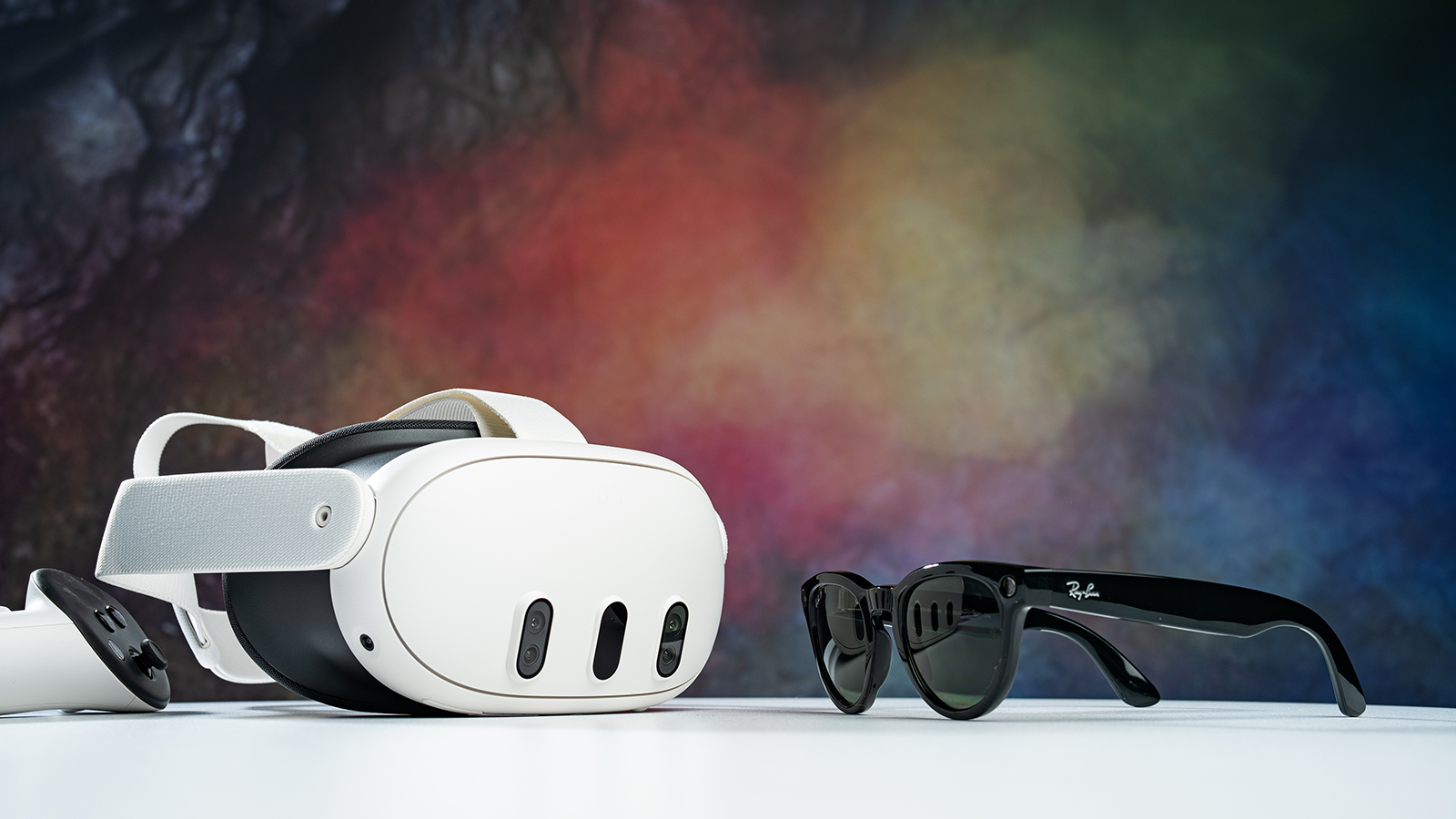
“Steve Jobs would have made Orion instead of Vision Pro”.
“Zuckerberg should forget Quest and focus on Orion.”
Hot takes of this kind have been endless since Mark Zuckerberg revealed Meta’s prototype AR glasses, with some even spouted by so-called “analysts”. Meta just showed AR that looks like glasses, they argue, so surely Apple was mistaken to make a big bulky headset.
But those takes are completely misguided, and I’ll explain why.
Don’t get me wrong, Orion is a marvel of science and engineering. It delivers unparalleled field of view given its form factor of a thick pair of glasses. Meta’s CTO Andrew Bosworth was likely right to say “in the domain of consumer electronics, it might be the most advanced thing that we’ve ever produced as a species.”
But Orion is also very much so a prototype. Meta admits each cost $10,000 to build, and describes it as “a time machine that lets us live in the future”. It plans to build just 1000 units. In contrast, Apple Vision Pro is a real product, sold at a third of the cost of Orion with a healthy margin at the scale of hundreds of thousands. And Meta’s own Quest 3 and Quest 3S offer a somewhat comparable experience for some of Vision Pro’s use cases at a fraction of that price, already in the hands of over a million people with likely millions more shipping this holiday season.
Meta’s Prototype AR Glasses Have Remarkable Field Of View
Meta showed off prototype true AR glasses at Connect, codenamed Orion, with a remarkable 70-degree field of view.

And Orion’s high cost and low production scale aren’t just a result of Meta not feeling the software is ready, or wanting to put polishing touches on hardware design.
Meta confirmed to UploadVR that the main culprit of Orion’s cost is its silicon carbide lenses. Meta revealed to The Verge’s Alex Heath that the eventual consumer version will use glass lenses instead, the same as Snap Spectacles and earlier AR devices like HoloLens.
This lens downgrade will incur a significant sacrifice – the field of view. Heath’s coverage also includes the revelation that the consumer AR glasses will have a narrower field of view. And a journalist who accurately described Orion more than a year before this reveal, including its name, lens material, and wireless compute puck, put a number on this in an earlier report: roughly 50 degrees.
That’s right, Orion’s crowning achievement, its 70 degree field of view, won’t be present in the version Meta will actually be able to sell you. In fact, 50 degrees would be in the same range as the Snap Spectacles of today, except shipping at least three years from now.
Welcome to the reality of the true state of AR optics in the 2020s. While it’s now possible to create a prototype of the glasses of science fiction, delivering this magic in a product won’t be possible any time in the foreseeable future.
Meta Reportedly Downgrading Key Specs Of AR Glasses
Meta is reportedly downgrading key specs of its in-development AR glasses to achieve a lower cost. Full details here:

So consumer AR glasses with the field of view of Orion are a fantasy right now, and probably won’t arrive until the 2030s. But there’s an even bigger flaw in the popular takes about Orion.
In their mental model of the future of the XR space, analysts are comparing these 2030s consumer AR glasses to the mixed reality headsets of today, Apple Vision Pro and Meta Quest 3.
Sure, Vision Pro and Quest 3 are heavy and bulky. And their passthrough quality pales in comparison to transparent optics. Looking through Orion would be sublimely refreshing compared to either.
But what so many people fail to grasp is that future Quest and Vision headsets will get significantly lighter, and their passthrough quality will dramatically increase. These are tractable near-term engineering problems, not requiring new supply chains for exotic materials.
For example, in the same year as its downgraded consumer AR glasses, Meta reportedly plans to ship a passthrough mixed reality headset weighing less than 110 grams, barely more than Orion.
By the time AR glasses with the field of view of Orion ship to consumers, mixed reality headsets will be sleek, light, and powerful, with passthrough quality that could rival transparent optics, and virtual object quality that far exceeds them.
To put it simply: incredible mixed reality headsets will arrive before acceptable AR glasses.
And when it finally is possible to ship AR glasses with the field of view of Orion, mixed reality headsets will still be far preferable for indoor use.
As Meta’s Chief Scientist Michael Abrash has repeatedly outlined, AR glasses are set to be a separate product line to mixed reality headsets, not a successor. The different form factor and the lack of need to be truly transparent will mean headsets suffer less stringent engineering and design constraints, allowing a richer and more immersive experience.
Just as your phone didn’t replace your PC, your glasses won’t replace your headset. You’ll put on your glasses before you walk out the door, sure. But when you get back home, you’ll put them back on their dock and pick up your headset for immersive entertainment, productivity, and social hangouts beyond your wildest dreams.

All of this is to say, the battle between glasses and headsets is a mirage. The answer is Quest and Orion. Apple Vision and eventual Apple Glasses.
The future is AR glasses, yes. But it’s mixed reality headsets too. And unlike AR glasses, mixed reality headsets are here right now, and both the hardware and software are getting better every year.

